If you've been debating laser hair removal, you have come to the right place. As you're surely aware, there's a lot to consider and it's important to do your research first whether you're looking for a clinic or considering investing in an at-home device.
Only once you've read up on the pros and cons of laser hair removal and the subsequent side effects, can you decide if the treatment is right for you.
Not only does laser hair removal help remove unwanted hair, but it also can help with other issues like ingrown hairs, which are prone to causing hyperpigmentation, especially in deep skin tones.
While we've come a long way in accepting our body hair, we totally understand that for some, permanent removal is still the goal. In that case laser would definitely be worth the investment.
However, it's important to remember that laser doesn't always result in permanent hair removal and there are many other methods like waxing, threading, shaving and tweezing. Not to mention at-home IPL devices.
The one thing you can be sure of with laser hair removal is that it takes time and money. Sadly it's not a one and done job and normally 8-12 treatments are recommended, spaced over 4-6 weeks. However this can vary based on the individual and area you are treating.
To answer some of your burning questions, we spoke to experts at Pulse Light Clinic and sk:n clinic about everything you need to know prior to getting laser, as well as sharing our personal experiences after having the treatment ourselves.
Below you’ll find straight facts and have all your laser myths busted – from triggering hair growth (rarely) to having to avoid sun exposure (always).
1) How painful is laser hair removal?
Dr. Daron Seukeran, Group Medical Director at the sk:n clinic explains that laser hair removal works by sending the light of a laser through the pigment in the hair. “This (light) converts to heat, which damages the hair follicle and hair bulb.” In our experience we found it to be a quick, sharp pain which was more painful on thinner skin near the nose, chin and temples. Thankfully, the lasers used on us had a cooling mechanism (basically a constantly running cold blast of air right where the laser was pointing) which really helped. We also found it more painful if our body temperature was raised due to running across town to make it on time for our appointments. So time management really does help.

2. How long does laser hair removal take to work?
It takes two or three weeks after your first treatment to see a difference, and 8 -12 treatments to get the full result. You also have to be really regular with your appointments because your hair follicles are all at different stages of their growth, so you want to make sure each one has a chance to get zapped. Basically if you stop, your hair will grow back.
“Laser hair removal gets to the root of the problem, literally,” says Lucy Dawe, Senior Consultant at Pulse Light Clinic. “The laser will target the hair that is in its active growth stage. Clients may find hair to appear finer and less noticeable after one treatment but a course of treatments is essential to see optimal results.”
3. What prep do you need to do before laser hair removal?
The laser can react with hair on the skin’s surface which will cause some irritation and sometimes that dreaded burnt hair smell which we learnt first hand, yay. Thankfully for us, we knew the whole ‘shaving = thicker darker hair’ was a really common beauty myth and came shaved before our subsequent appointments.
Remember, you have to make sure you've prepped properly before each visit for the optimum results.
Lucy says these are the key things to remember:
- The area must be cleanly shaved within 24 hours prior to the treatment. Electric razors are not recommended as the hair is typically left too long.
- Do not tweeze, wax or pluck the area being treated between or prior to sessions. Only shave the area.
- The treatment area needs to be free from makeup, lotion, deodorant and sun cream- inform the practitioner before treatment starts if you require wipes.
- The area cannot be treated if it has been exposed to sun within 4 weeks prior to treatment.
- Fake tanning products cannot be used 3-4 weeks prior to treatment; the area should be thoroughly exfoliated to remove all residues.
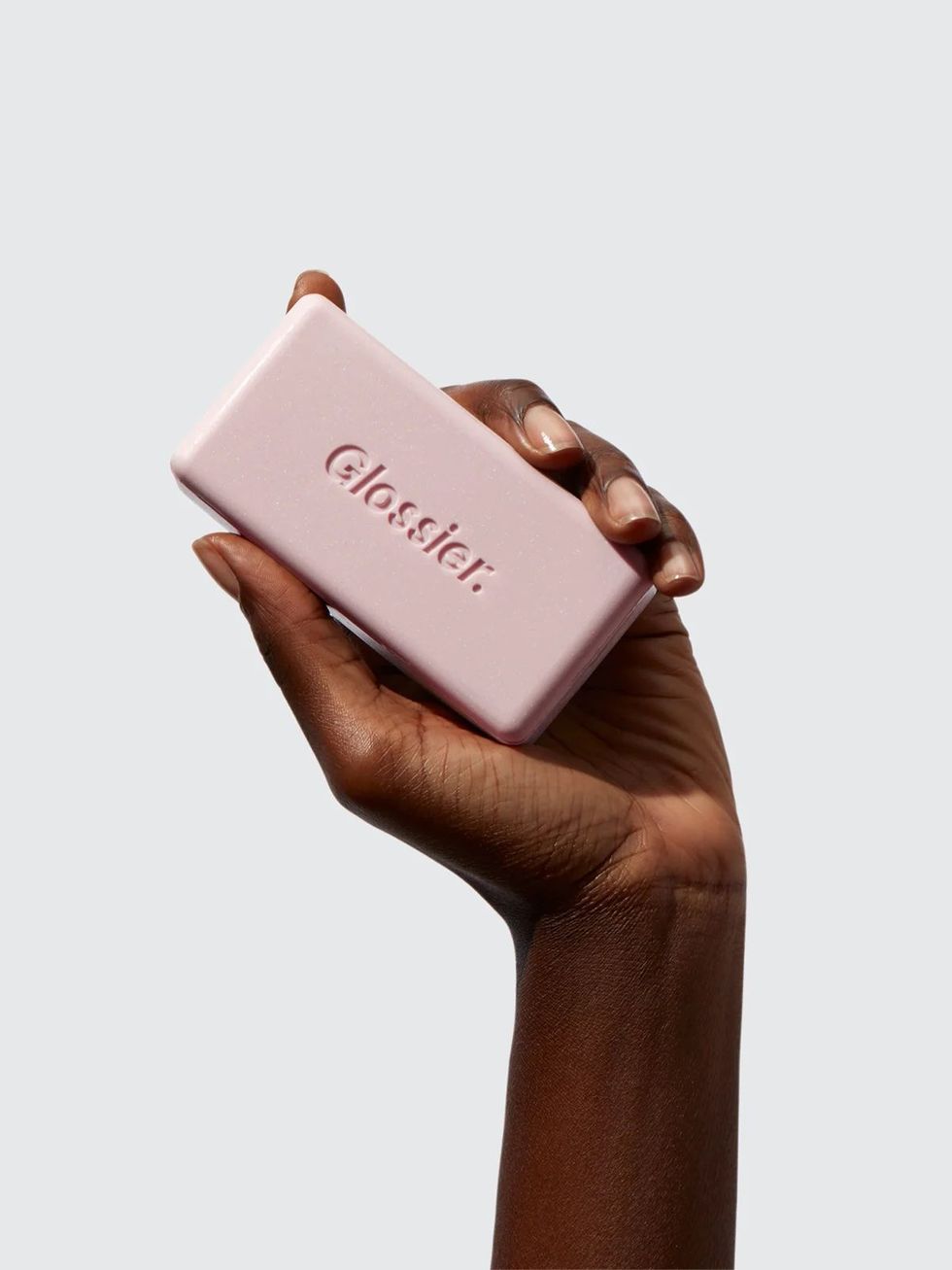
£16 at Glossier
Credit: Glossier
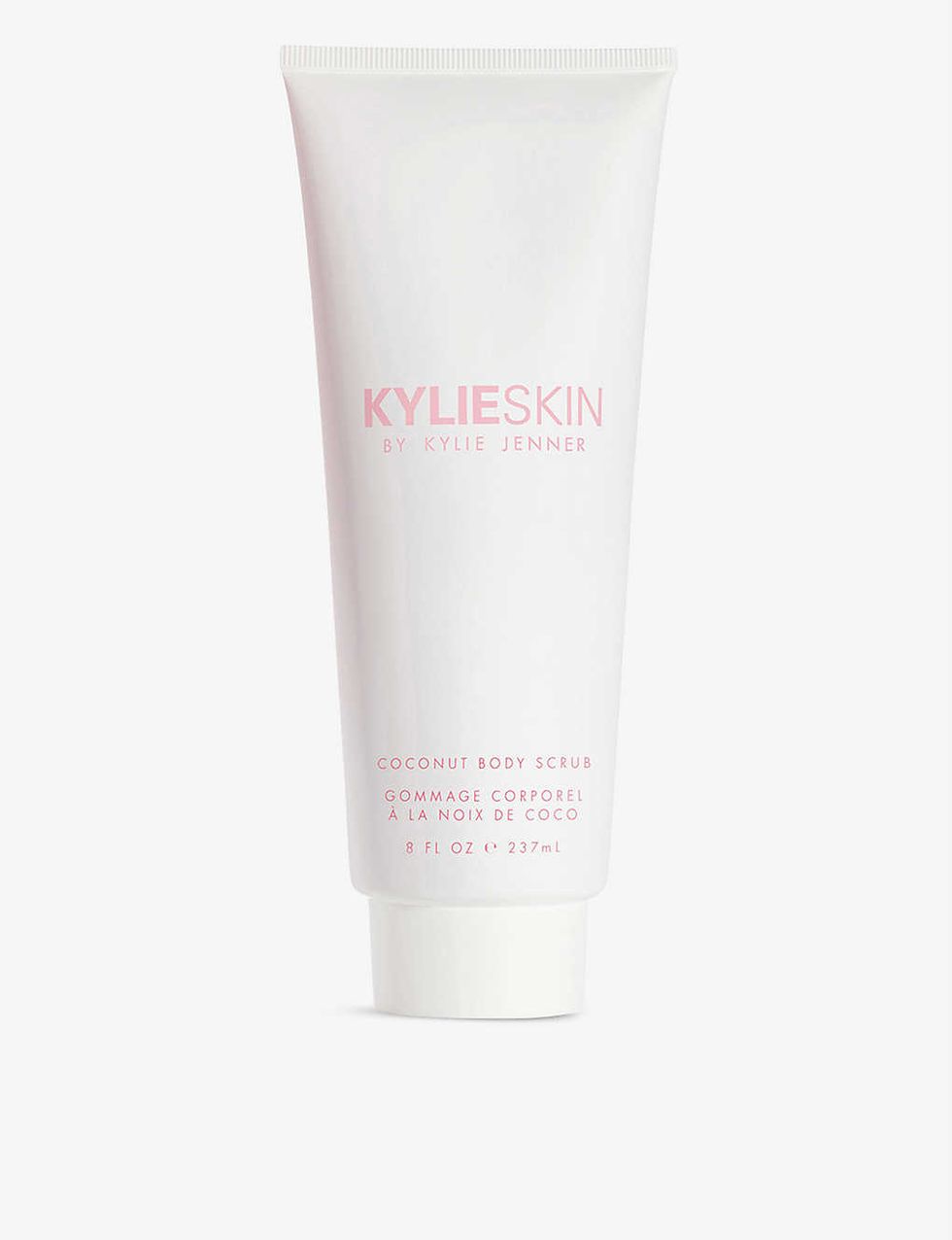
£28 at Selfridges
Credit: Kylie Skin
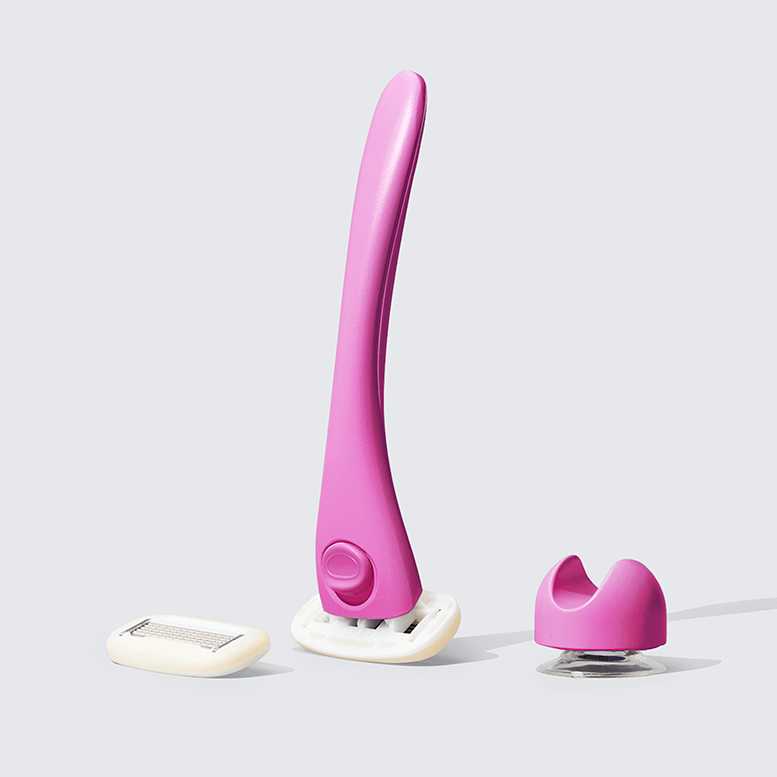
Estrid The Razor Starter Kit
£7.95 at estrid.com
Credit: Courtesy of Brand

$6.75 at Beauty Bay
Credit: Beauty Bay
4. How long is a laser hair removal appointment?
A full face appointmenta quick chat and makeup removal
5. Can you work out after laser hair removal?
It's important to remember that the heat from the laser stays in your skin for 24 hours. That means no gym, saunas or hot showers, get it? If you do, you run the risk of creating a lovely warm environment for bacteria to multiply, resulting in spots and irritation.
6. Can you tan or sunbathe before, during or after laser hair removal treatment?
Your dermatologist will advise what is best for you, but you might need to avoid sunbathing and sun exposure as much as possible before and after treatment. Also if you have a tan you’ll need to wait till it fades before you can start your treatment. Again, your dermatologist will check in with you about upcoming holidays to make sure you don’t have a holiday coming up which might affect the timing of your next appointment.

7. Can laser hair removal cause more hair to grow?
It’s true, particular types of hair can be stimulated into growing longer and thicker. But don’t worry, if your hair isn’t suitable, your dermatologist will let you know.
“Yes, in a rare number of cases laser hair removal can stimulate growth,” says Lucy. “We have found the most common reason for stimulated hair growth is when certain types of finer hair, known as vellus hairs are stimulated into growth by the light from the laser."
8. How do you take care of your skin during laser hair removal treatment?
Scrubs, glycolic acid and retinol creams should be avoided two days before and after treatment. We also started using face mists and added extra hydration to our regime as we found our skin got drier.
It’s recommended that for a two week period before and after laser, you avoid chemical peels and similarly you should wait 1-2 weeks before using fake tan.
9. What products are good post-laser hair removal?
Shop our favourite face and body laser aftercare products:
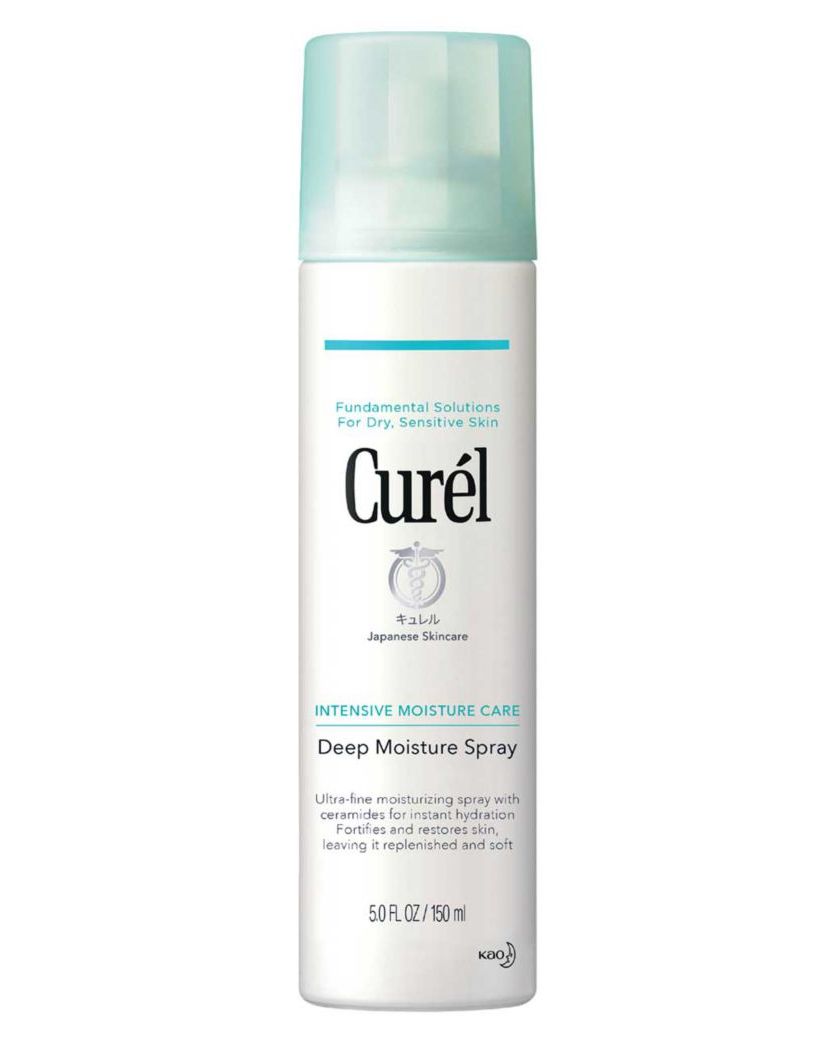
Curél Deep Moisture Spray 150ml for Dry, Sensitive Skin
£19.50 at Boots
Credit: Courtesy of Brand
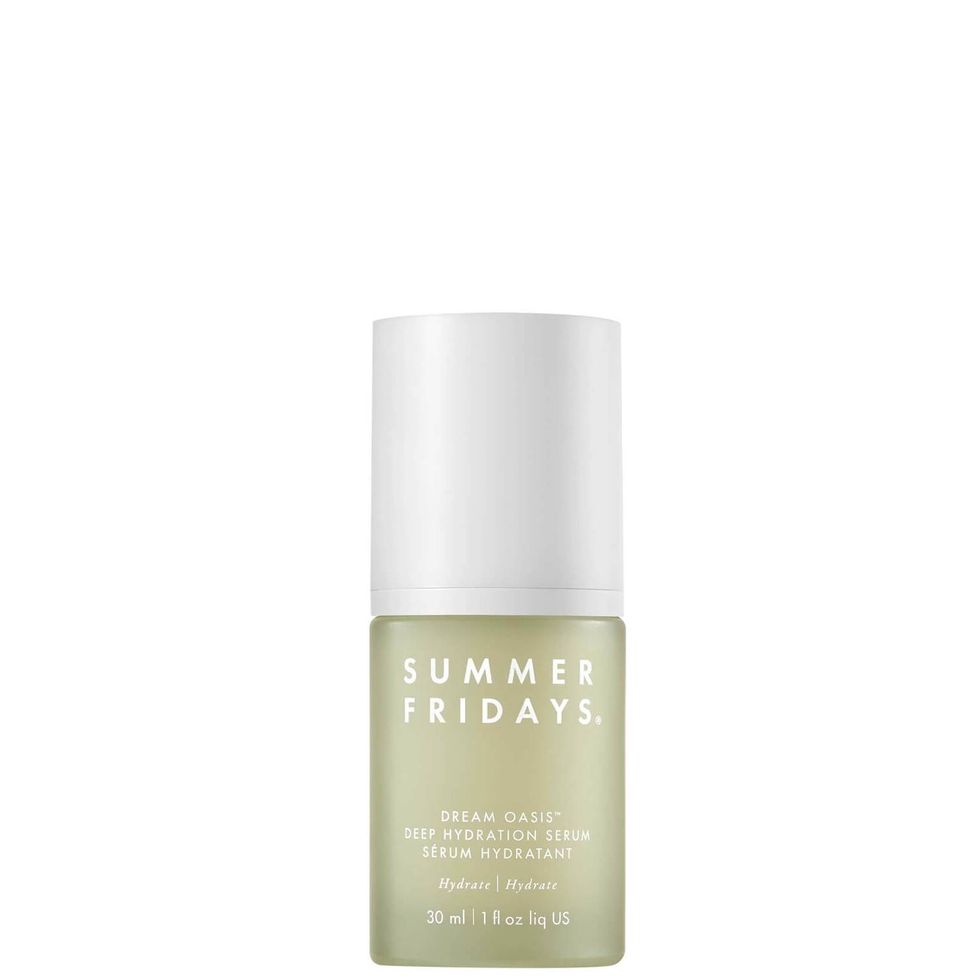
Now 20% Off
£35.20 at Cult Beauty
Credit: Summer Fridays

Avène XeraCalm A.D. Lipid-Replenishing Cleansing Oil for Dry, Itchy Skin 400ml
£19.75 at Boots
Credit: Courtesy of Brand
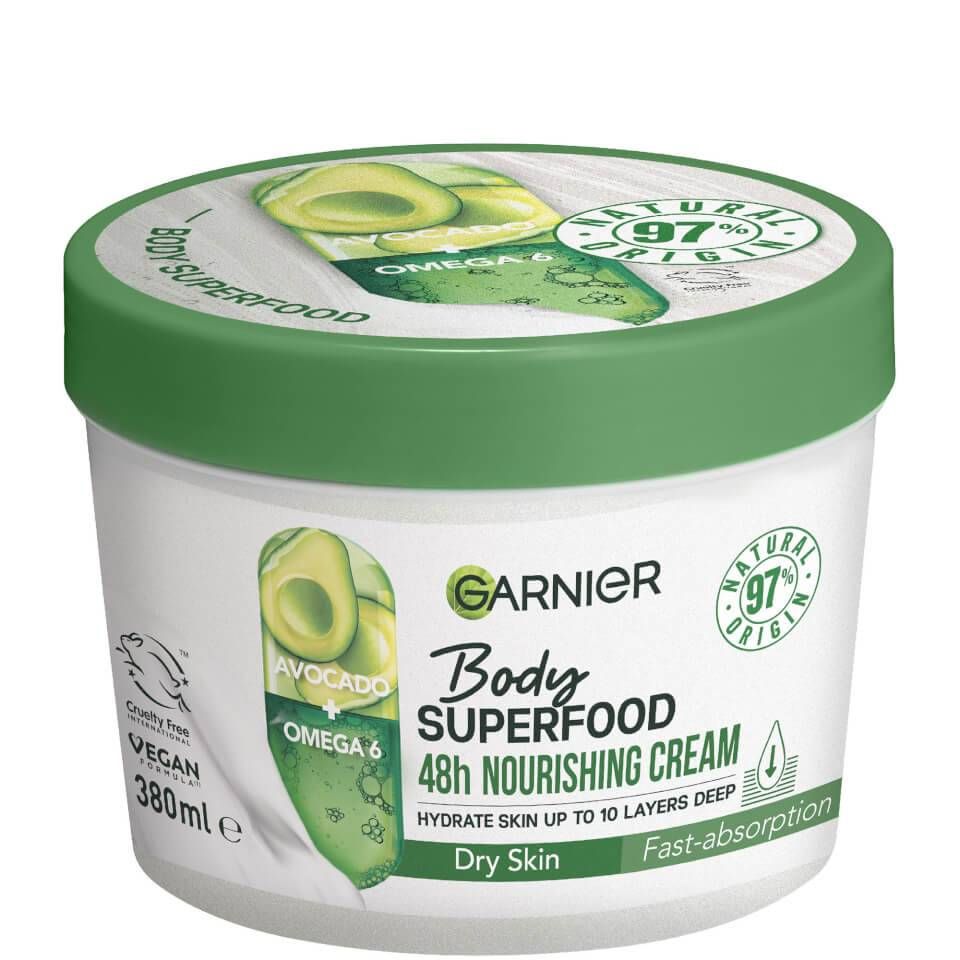
£5 at LookFantastic£10 at littlewoods.com£9.99 at Very
Credit: Garnier
10. Laser hair removal has more than one benefit
We were surprised to learn that laser can actually help with irritating ingrown hairs. “Aside from clearer, smoother skin and permanent hair reduction, laser hair removal also boasts benefits including helping to reduce ingrowing hairs and less irritation of the skin. This is because the treatment encourages hair to grow straight,” said sk:n’s Head of Medical Standards, Lisa Mason.
11. Can you pluck, wax or bleach between laser hair removal treatments?
Plucking, waxing and bleaching impedes the process. If you want to be hairless throughout the process, go the shaving route instead. You’ll need these tips to make each shave last longer though.
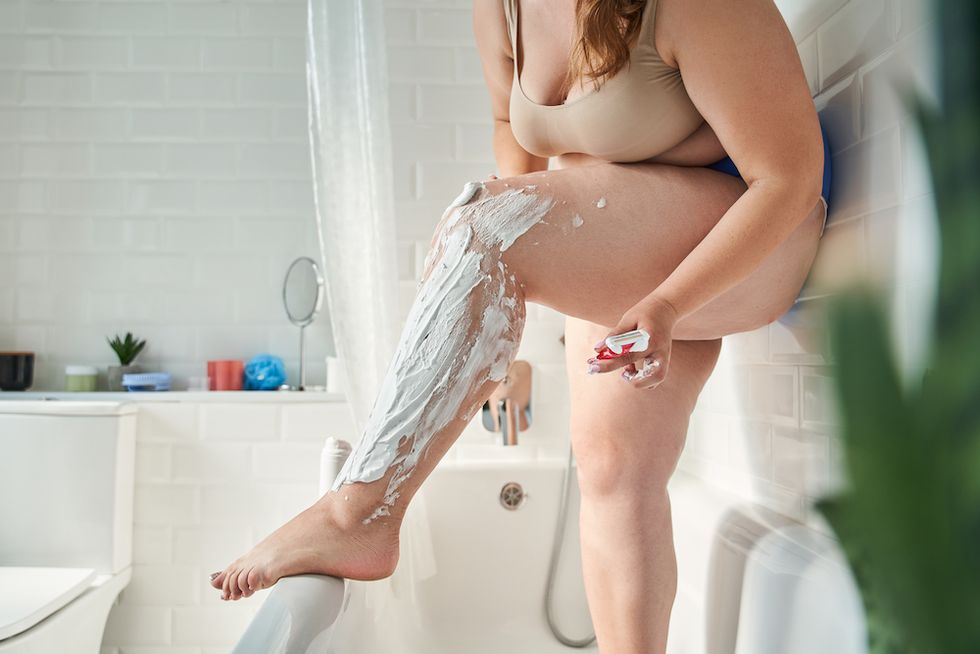
12. Does laser hair removal work on all skin tones?
With many systems no, as hair needs to be considerably darker than the skint as that's what draws the laser, ruling out fair hair or deep skin, but now there are options for deeper skin tones. The hair just needs to be dark enough to be drawn to the laser. sk:n use long pulsed ND:YAG lasers – which are safer for treating pigmented or darker skin tones.
“Older laser hair removal technology was previously not recommended for people of darker skin tones, in particular those with Black or Asian skin,” says Lucy. “The energy from the laser targets the pigment in the hair, with the pigment of the skin being shallower, this could lead the laser to be attracted to the skin rather than the pigment in the hair. Putting darker skin tones at risk of burning.”
13. You might need to go back for top up treatments
Most people report 90 percent permanent reduction in hair growth but fluctuating hormones can make hair grow back. "Depending on your hair growth and each individual clients' case, at the end of the treatments we may recommend some top up treatments which could take place with larger periods in between quarterly, or twice a year," advises Lucy.






































